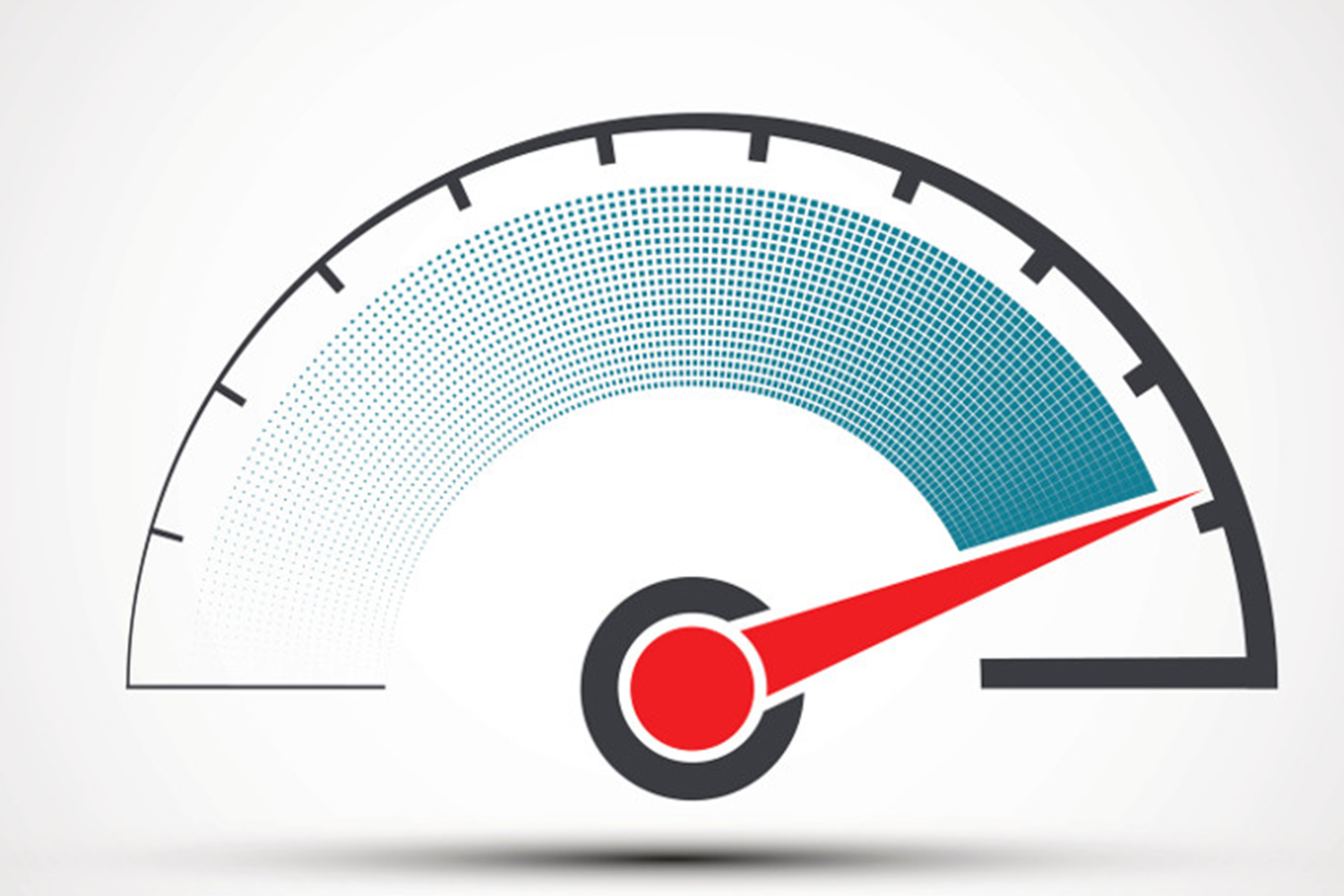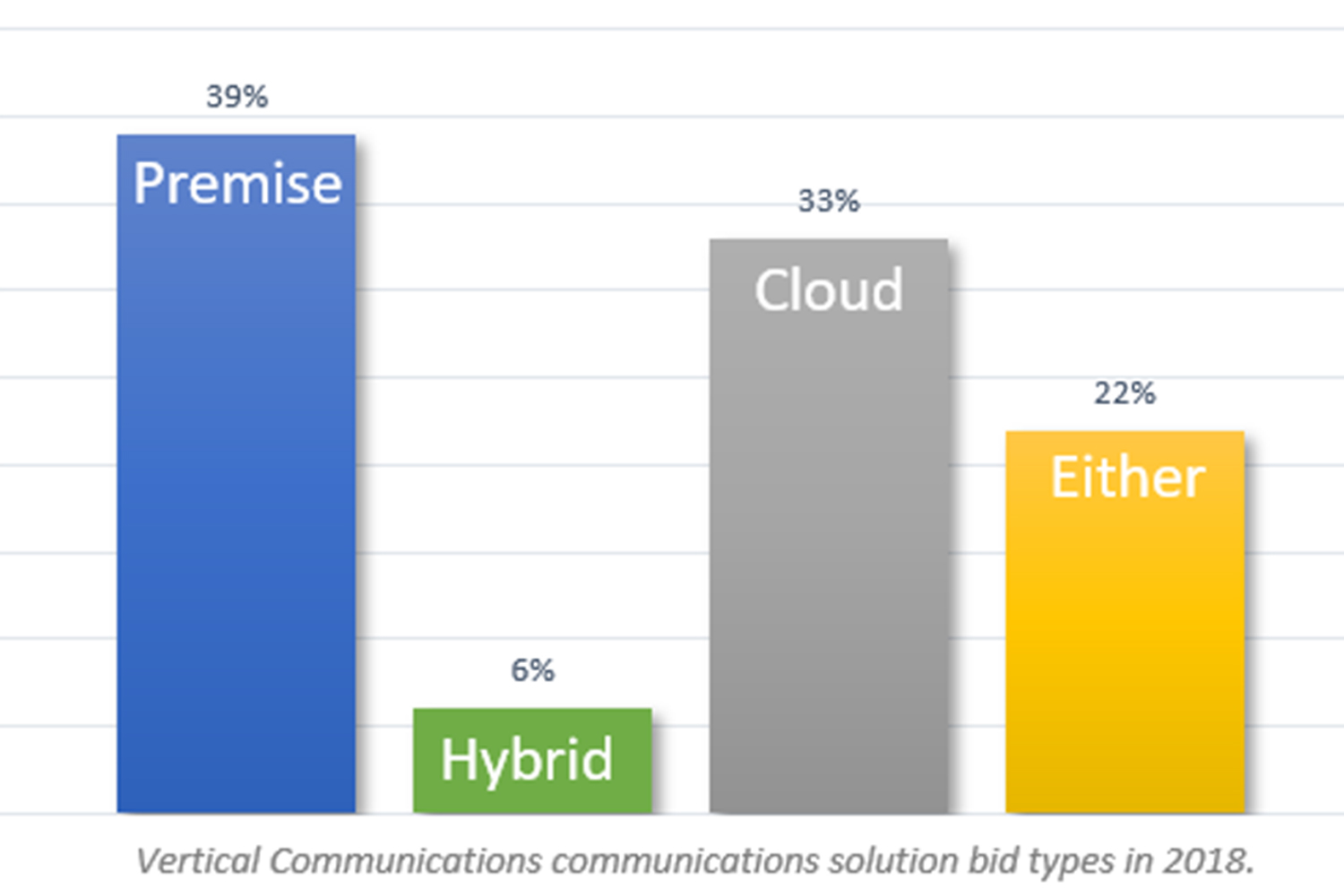Are You Making the Most of Your Business’ Phone Call Related Data?

Are you reviewing and making the most of your business’ phone data? That is, analyzing all the metrics surrounding your business’ phone activity, such as wait time, call length, and number and frequency of inbound and outbound calls? Don’t worry if you hesitated, it’s a question that many businesses can’t answer because they honestly don’t know. In fact, many companies haven’t begun to prioritize analyzing their phone data- but it isn’t too late!
Tracking phone data isn’t a new concept. For decades phone companies have been actively recording their customers’ phone data. However, in the past, the data was likely stored in filing cabinets and often wasn’t utilized for anything other than call accounting. Fast forward to today, an age where companies are analyzing every bit of data they can get their hands on. This change is due to the computer revolution. Users can instantly access reports and dashboards that provide meaningful insights into their phone data.
So what is the value of analyzing and compiling your phone data? You might be sitting here wondering why you should bother with measuring it at all. Turning your data into reports and actionable intelligence for your business takes resources and time. The answer is that analyzing this data gives you the ability to look into previously dark corners of the company’s activity, and understand what steps you need to take to improve any weaknesses. This will help you build strategies to improve and grow your business.
Can You Take Advantage of Measuring Phone Data?
The manner in which a business utilizes their phones can vary considerably. As such, the value of a business’ phone data also varies considerably, ranging somewhere between useless to absolutely instrumental. For instance, if you have a small retail shop in a major metropolitan area, the foot traffic is guaranteed and your phone usage will be low. In this case, phone data will hold very little value. Conversely, if you’re running a business with an outbound sales team, customer service center, or technical support team, your data can provide feedback on how your teams are performing, the wait time customers are experiencing, number and frequency of inbound and outbound calls, patterns on when and what type of customers are calling, hold times, transfer times, number of abandoned calls, and more. This information allows for training, improved customer service, insight into what type of support your teams need, call recording for customer records, and real-time statistics.
Which Phone Data Should You Analyze?
Which phone data is valuable for you will be based on your company’s needs and business model. Here are just a few examples of call metrics that can greatly impact business.
Call volume is a basic metric readily available on most phone systems or services, representing the number of inbound and outbound calls. Also available via this data set is the almost equally important data, which is “when” the customers calling. Analyzing this data allows you to understand roughly how many calls your team is going to get and when they are most likely to get them. With this information you can be better prepared for staffing appropriately, resulting in fewer unanswered calls, shorter wait times, and a better customer experience.
Marketing campaigns to drive inbound calls are commonplace in businesses of all sizes. These campaigns aren’t cheap and analyzing this call data is going to be integral in evaluating the campaigns’ ROI over time. Tracking the success of a campaign begins by knowing which ads/mediums are being effective. This is commonly achieved with custom Direct Inward Dialing (DID) or custom call routing for campaign. For an added layer of information, the customer’s numbers can be cross referenced with orders to obtain the “conversion to sale” percentage. This allows you to make further adjustments to campaigns based not only on number of calls generated but also the quality of the prospects calling in.
Customer experience can make or break your business. If your business has employees that spend the majority of their day on the phone with customers it’s important to understand how the customers are experiencing these calls. How long is it taking for them to reach a customer service operative? How long are they on the call for? Are they walking away satisfied? Or are they left feeling unfulfilled? An easy way to assess the average customer experience is to record some of these calls and review the calls for what I’ve often heard referred to as “opportunities for improvement” or “teachable moments.” One might not consider call recordings as a traditional call metric (and they may be correct in that assertion). However, I would argue that a few minutes a week spent working closely with the people representing your business to improve the customer experience is almost always worth every minute.
Let Vertical Help
Vertical Communications is able to help measure and analyze your phone data. If you’re a Vertical customer and would like to discuss how gain access to additional metrics for your phone data, don’t hesitate to reach out to your Solutions Engineer. If you’re a business seeking improved phone communications, or would like to learn about how Vertical can tailor a communications system to your business, reach out.



